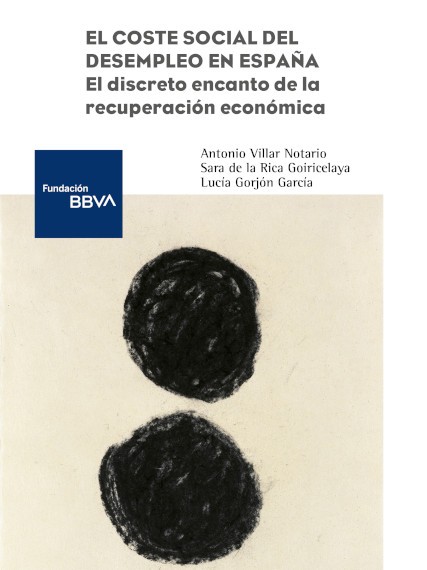
PublicationMonographs
El coste social del desempleo en España
El discreto encanto de la recuperación económica
This study looks at the performance of the Spanish labor market in the wake of the financial crisis of 2008, with a focus on the years 2015-2018, when the country experienced strong economic growth accompanied by a sizeable reduction in unemployment rates. This positive labor market outcome coexisted with an increase in the average length of unemployment with a wide disparity by autonomous region and between different types of workers.
In assessing this complex situation, we have opted for a welfare economics approach, considering the cost of unemployment as a welfare loss. This methodological approach is based on estimating the disutility of unemployed workers as a function of the duration of unemployment, the income lost through continuing joblessness and the likelihood of returning to work. The social cost of unemployment in a given period is defined as the sum of the loss of utility of all individuals who are unemployed during that time.
The resulting formula can be calculated using conventional databases (Public Employment Office and Wage Structure Survey) and characterized by a valuation function in which the social cost of unemployment is defined by three aggregate components: incidence (unemployment rate), severity (a function of unemployment duration and income loss) and hysteresis (the probability of remaining unemployed).
The study’s main conclusions are: (1) The social cost of unemployment grew over the years in question, despite the recovery, with the drop in unemployment rates failing to offset the deterioration in the living standards of those remaining jobless, particularly the long-term unemployed. (2) The social cost of unemployment varies widely in both trend and level between types of workers and by autonomous region.
This monograph could prove useful in addressing other situations, like that caused by the current pandemic, and will find interested readers among researchers and the general public, as well as those charged with the delivery of employment and welfare policies.
